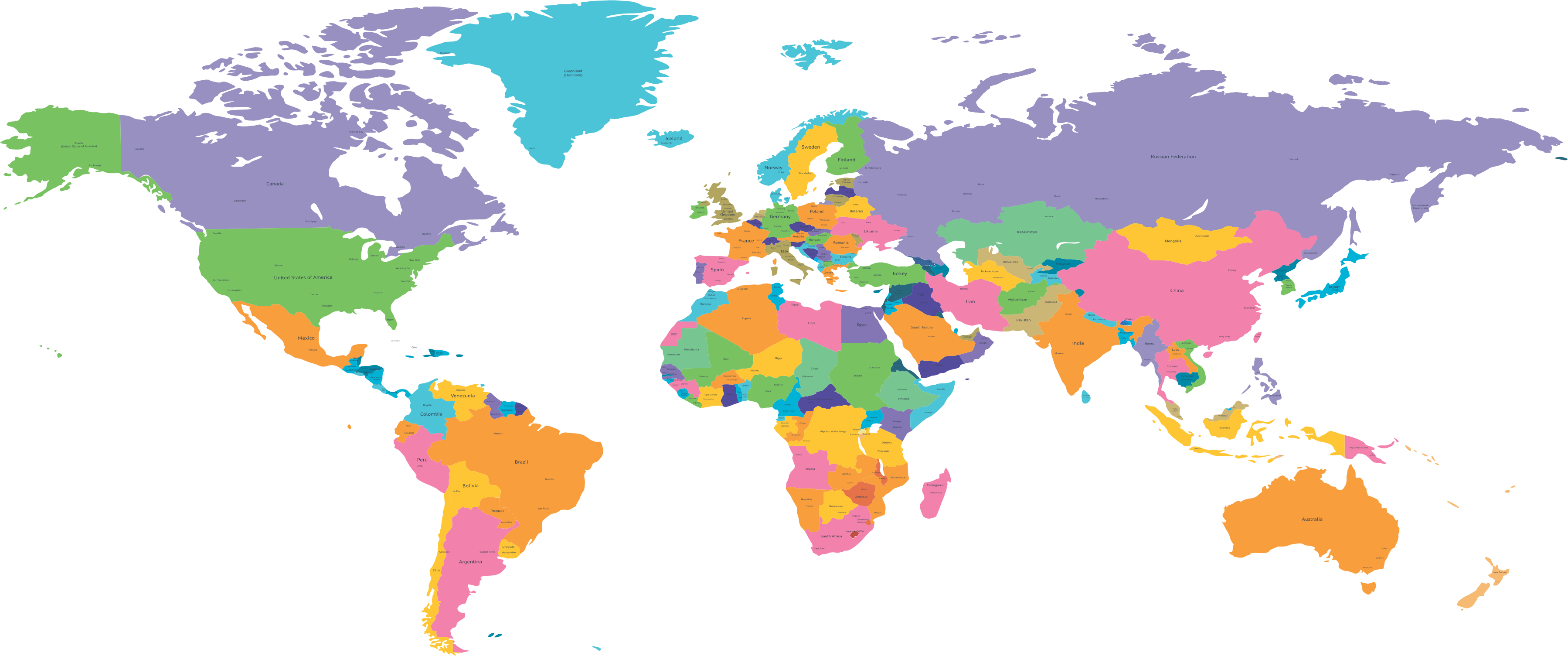Time Series Forecasting of Daily Gold Prices in Pakistan
DOI:
https://doi.org/10.62997/rl.2024.31045Keywords:
Unit Root Test, Co-integration, ARIMA, ADF, ARDL, Gold Price, US-DollarAbstract
This study identifies the major determinants of gold price forecasting and checks the short-run and long-run relationship along with US-Dollar prices in Pakistan. The data set covers daily observations over the period 2007 to 2018. To examine the relationship between gold price and US-Dollar price, ARIMA, ARDL and ADF model has been used. The Gold price is the variable of interest, whereas the explanatory variable is US-Dollar. The finding of the study indicates that the value of the gold price co-integrated at zero order of interaction, which means that the gold price is stationary at the level and the value of the US-Dollar is not co-integrated there for it is non-stationary at the level, but it become stationary by taking 1st difference. The result also postulated that ADF is more precise to check the short run and long run relationship between gold price and US-Dollar price. There exists long run and short run relationship between gold price and US-Dollar and also ARIMA model is used for the forecasting purpose. ARIMA model is one of the best techniques for the selection of good model. Study shows that ARIMA (3, 0, 1, 1) is a good model.
References
Abdullah, L. (2012). ARIMA model for gold bullion coin selling prices forecasting. International Journal of Advances in Applied Sciences, 1(4), 153-158.
Ali, A., Ch, M. I., Qamar, S., Akhtar, N., Mahmood, T., Hyder, M., & Jamshed, M. T. (2016). Forecasting of daily gold price by using box-Jenkins methodology. International Journal of Asian Social Science, 6(11), 614–624. https://doi.org/10.18488/journal.1/2016.6.11/1.11.614.624
Bandyopadhyay, G. (2016). Gold price forecasting using ARIMA model. Journal of Advanced Management Science, 117–121. https://doi.org/10.12720/joams.4.2.117-121
Bilal, A. R., Talib, N. A., Haq, I. U., Khan, M. N. A. A., & Naveed, M. (2013). How gold prices correspond to stock index: a comparative analysis of Karachi stock exchange and Bombay stock exchange. World applied sciences journal, 21(4), 485-491. https://doi.org/10.5829/idosi.wasj.2013.21.4.2870
Boldea, O., & Hall, A. R. (2013). Testing structural stability in macro econometric models. In Handbook of Research Methods and Applications in Empirical Macroeconomics. Edward Elgar Publishing.
Breusch, T.S. and Godfrey, L.G. (1978) Misspecification Tests and Their Uses in Econometrics. Journal of Statistical Planning and Inference, 49, 241-260. https://doi.org/10.1016/0378-3758(95)00039-9
Capie, F., Terence, M., & Wood, C. (2005). International Financial Markets Institution and Money. Gold as a Hedge against the Dollar, 15, 343–352. https://doi.org/10.1016/j.intfin.2004.07.002
Dahlhaus, R. (1997). Fitting time series model to nonstationary process. The Annals Statistics, 25, 1–37. https://doi.org/10.1214/aos/1034276620
Deadman, C., & Wojciech, D. (1992). New Directions in Econometric Practice. General to Specific Modelling, Cointegration and Vector Autoregression. Edward Elgar Publishing Limited.
Dickey, D. A., & Fuller, W. A. (1976). Distribution of First Order Autoregressive Estimator. In Proceedings of the Business and Economic Statistics Section, American Statistical Association (pp. 278-281).
Dickey, D. A., Hasza, D. P., & Fuller, W. A. (1984). Testing for unit roots in seasonal time series. Journal of the American Statistical Association, 79(386), 355. https://doi.org/10.2307/2288276
Diggle, P. J. (1990). A point process modelling approach to raised incidence of a rare phenomenon in the vicinity of a prespecified point. Journal of the Royal Statistical Society. Series A, (Statistics in Society), 153(3), 349. https://doi.org/10.2307/2982977
Engle, R. F., & Granger, C. W. (1987). Co-integration and error correction: representation, estimation, and testing. Econometrica: journal of the Econometric Society, 251-276. https://doi.org/10.2307/1913236
Engle, R. F., & Granger, C. W. J. (1987). Co-integration and error correction: Representation, estimation, and testing. Econometrica: Journal of the Econometric Society, 55(2), 251. https://doi.org/10.2307/1913236
Eryiğit, M. (2017). Short-term and long-term relationships between gold prices and precious metal (palladium, silver and platinum) and energy (crude oil and gasoline) prices. Economic Research-Ekonomska Istraživanja, 30, 499–510. http://dx.doi.org/10.1080/1331677X.2017.1305778
Fuller, G. H. (1976). Nuclear spins and moments. Journal of Physical and Chemical Reference Data, 5(4), 835–1092. https://doi.org/10.1063/1.555544
Guilkey, D. K., & Schmidt, P. (1989). Extended tabulations for Dickey-Fuller tests. Economics Letters, 31(4), 355–357. https://doi.org/10.1016/0165-1765(89)90028-1
Hamilton, J. D. (1994). Time Series Analysis. Printon University Press.
Hamuda, A. M., Šuliková, V., Gazda, V., & Horváth, D. (2013). ARDL investment model of Tunisia. Theoretical & Applied Economics, 20(2).
Hassani, H., Silva, E. S., Gupta, R., & Segnon, M. K. (2015). Forecasting the price of gold. Applied Economics, 47(39), 4141-4152. https://doi.org/10.1080/00036846.2015.1026580
Hillmer, S. C., & Tiao, G. C. (1982). An ARIMA-Model -based approach to seasonal adjustment. Journal of the American Statistical Association, 77, 63–70. https://doi.org/10.1080/01621459.1982.10477767
Johansen, S., & Juselius, K. (1990). Maximum likelihood estimation and inference on cointegration-with applications to the demand for money. Oxford Bulletin of Economics and Statistics, 52, 169–210. https://digilander.libero.it/rocco.mosconi/JohansenJuselius1990.pdf
Kaufmann, T. D., & Winters, R. A. (1989). The price of gold: A simple model. Resources Policy, 15(4), 309-313. https://doi.org/10.1016/0301-4207(89)90004-4
Kim, M. H., & Dilts, D. A. (2011). The relationship of the value of the dollar, and the prices of gold and oil: a tale of asset risk. Economics Bulletin, 31(2), 1151-1162.
Knight, M. I., Nunes, M. A., & Nason, G. P. (2012). Spectral estimation for locally stationary time series with missing observations. Statistics and Computing, 22, 877-895. https://doi.org/10.1007/s11222-011-9256-x
MacKinnon, J. G. (1996). Numerical distribution functions for unit root and cointegration tests. Journal of Applied Econometrics (Chichester, England), 11(6), 601–618. https://doi.org/10.1002/(SICI)1099-1255(199611)11
Mombeini, H., & Yazdani-Chamzini, A. (2015). Modeling gold price via artificial neural network. Journal of Economics Business and Management, 3(7), 699–703. https://doi.org/10.7763/joebm.2015.v3.269
Moynihan, R., Bero, L., Ross-Degnan, D., Henry, D., Lee, K., Watkins, J., Mah, C., & Soumerai, S. B. (2000). Coverage by the news media of the benefits and risks of medications. The New England Journal of Medicine, 342(22), 1645–1650. https://doi.org/10.1056/NEJM200006013422206
Narayan, S., & Narayan, P. K. (2005). An empirical analysis of Fiji's import demand function. Journal of Economic Studies 32 ,2, 158-168.
Pesaran, M. H., Shin, Y., & Smith, R. J. (2001). Bounds testing approaches to the analysis of level relationships. Journal of Applied Econometrics (Chichester, England), 16(3), 289–326. https://doi.org/10.1002/jae.616
Pesaran, H. M., & Smith, R. P. (1998). Structural Analysis of Cointegrating Vars. Journal of Economic Surveys, 471-505.
https://onlinelibrary.wiley.com/doi/epdf/10.1111/1467-6419.00065
Samanta, S. K., & Zadeh, A. H. (2012). Co-movements of oil, gold, the US dollar, and stocks. Modern Economy, 3(1). https://doi.org/10.4236/me.2012.31015
Shumway., & Stoffer, D. S. (2011). Time Series Analysis and Its Applications 3rd. Springer.
Sujit, K. S., & Kumar, B. R. (2011). Study on dynamic relationship among gold price, oil price, exchange rate and stock market returns. International journal of applied business and economic research, 9(2), 145-165.
Tang, Q., Henriksen, K. J., Bi, M., Finger, E. B., Szot, G., Ye, J., Masteller, E. L., McDevitt, H., Bonyhadi, M., & Bluestone, J. A. (2004). In vitro-expanded antigen-specific regulatory T cells suppress autoimmune diabetes. The Journal of Experimental Medicine, 199(11), 1455–1465. https://doi.org/10.1084/jem.20040139
Topal, E. (2010). An overview of Global Gold market and gold price forecasting. Resource Policy, 35, 178–189. https://doi.org/10.1016/j.resourpol.2010.05.004
Victor, S., Malti, R., Melchior, P., & Oustaloup, A. (2011). Instrumental variable identification of hybrid fractional Box-Jenkins models. IFAC Proceedings Volumes, 44(1), 4314-4319.
Yaziz, S. R., Azizan, N. A., Ahmad, M. H., & Zakaria, R. (2016). Modelling gold price using ARIMA–TGARCH. Applied Mathematical Sciences, 10, 1391–1402. https://doi.org/10.12988/ams.2016.511716
Zang, G. P. (2003). Time series forecasting using hybrid ARIMA and Neural Network model. Physical Science and Enguneering, 50, 159–175. https://doi.org/10.1016/S0925-2312(01)00702-0
Zhang, Q. (2001). PAn investigation of model selection criteria for neural network time series forecasting. European Journal of Operational Research, 132, 666–680. https://doi.org/10.1016/S0377-2217(00)00171-5




